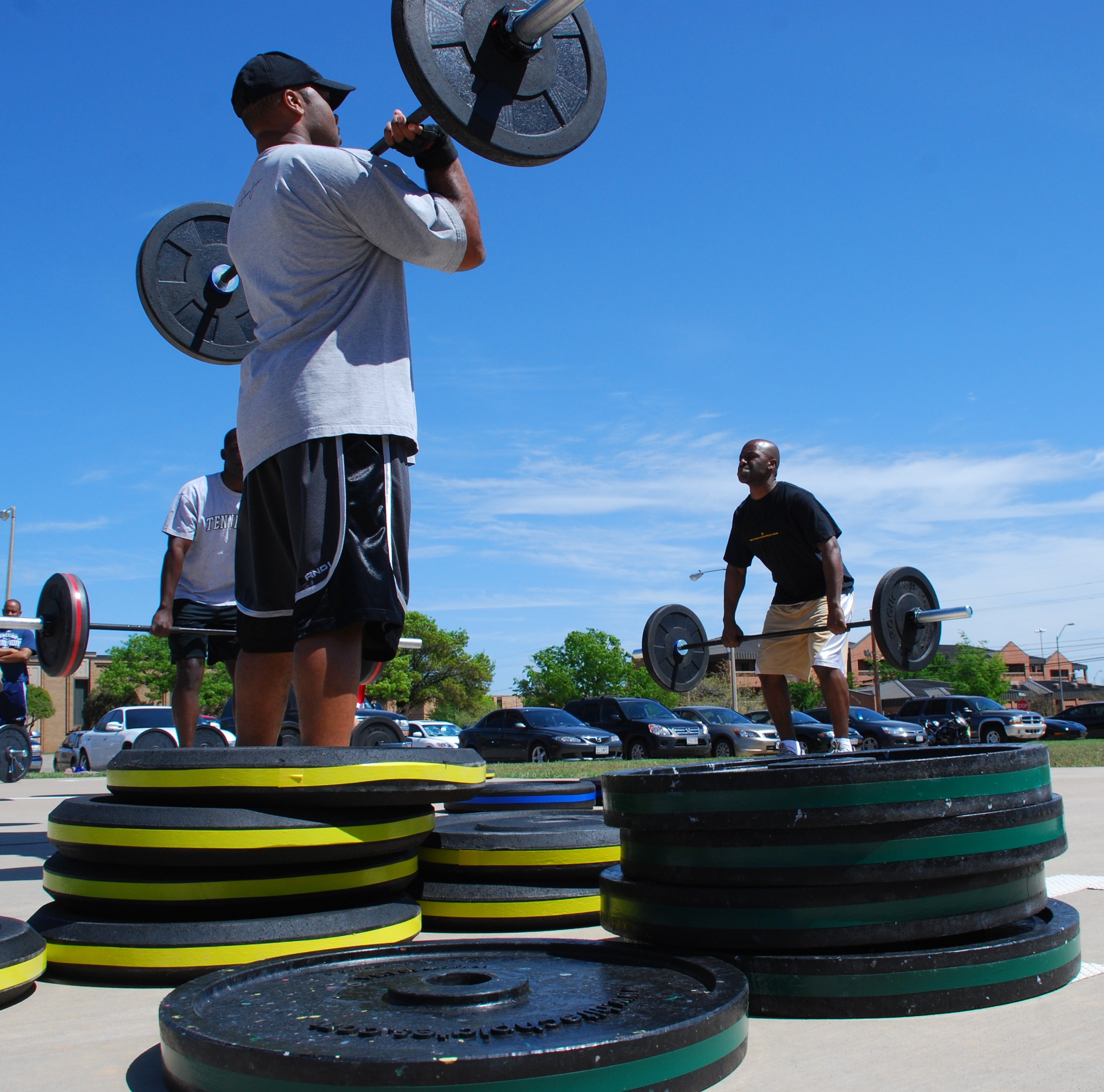Many weight-training athletes prefer free weights over machine type exercises. But, then again, there are also certainly those athletes who would prefer the extra comfort and convenience of the machine exercises. This preference has led to an age-old controversy about whether free weights or machines are better in terms of the results they produce. While this question is not likely to be settled definitively any time soon, it is possible to examine the evidence more closely and then we can draw our own opinion.
Why Some People Prefer One Exercise over Another:
As a weight lifter myself, the phenomenon of watching some people walk halfway around the gym to find their favorite machine instead of doing the same exercise with a free weight…and vice versa…has baffled me at times. Yet, this situation is nothing new. Many weight lifters have their favorites.
A number of informal studies conducted years ago suggested that the choice of such a preference is much more individualistic in nature than whether one actually works better than the other. It turns out that the more aggressive types of people tend to gravitate more towards free weights. Conversely, people who are slightly more passive seem to focus more on the machine exercises. Ultimately, though, the most intelligent athletes focus on both free weights and machines to provide themselves with the best workout results possible.
Machines—Pros and Cons:
Since machines are usually the first thing one sees when walking into a gym, they seem to be the best place to start. They do have several benefits including faster workouts, reduced risk of injury (much harder to drop a machine than it is to drop a dumbbell or have a plate fly off a barbell…seriously, I have seen it happen too many times!), ease of use, and the ability to help rehabilitate an injury.
There are also downsides to machines. These downsides include the fact that you are basically locking yourself into a small or single range of motion. This small range of motion could lead to a higher risk for pattern overload injuries. As an example, try using a simple curl machine for weeks, then switch to a free weight curl. You will likely not be nearly as strong because now your stabilizer muscles have to work as well. Plus, if you actually tried using the same amount of weight, you might pull a bicep. This possible injury also illustrates the false sense of strength produced by machines.
Free Weights—Pros and Cons:
As was already hinted in the last section, free weights allow for the use of more stabilizer muscles. This type of lifting is also more of a “real” world type of lifting, where you find a more natural and authentic range of motion and you can even change up your pattern; there is no being locked into a set range or type of exercise. You also will develop an improved sense of balance (also related to the stabilizer muscles). You are required to actually use brain power with free weights. Yes, there is a chemical secreted that helps the body tell the brain (or vice versa) where it is in space. This secretion is also quite good for concentration and focus overall. Additionally, free weights are convenient and inexpensive.
There are also some disadvantages to free weights. These include an increased risk of injury if not using the proper form and decreased efficiency since you might need to wait for others to finish with those 50 pound dumbbells, since there might only be one or two pairs in the whole gym.
Conclusion:
If you can only use one or the other, it would seem that free weights are a slightly better choice. Then again, it also might really depend on the reason why you are training. The most intelligent course of action is to constructively think about what you are trying to accomplish and then pick and choose the best option for each exercise. Switch back and forth until you discover which combination works best for your situation.

